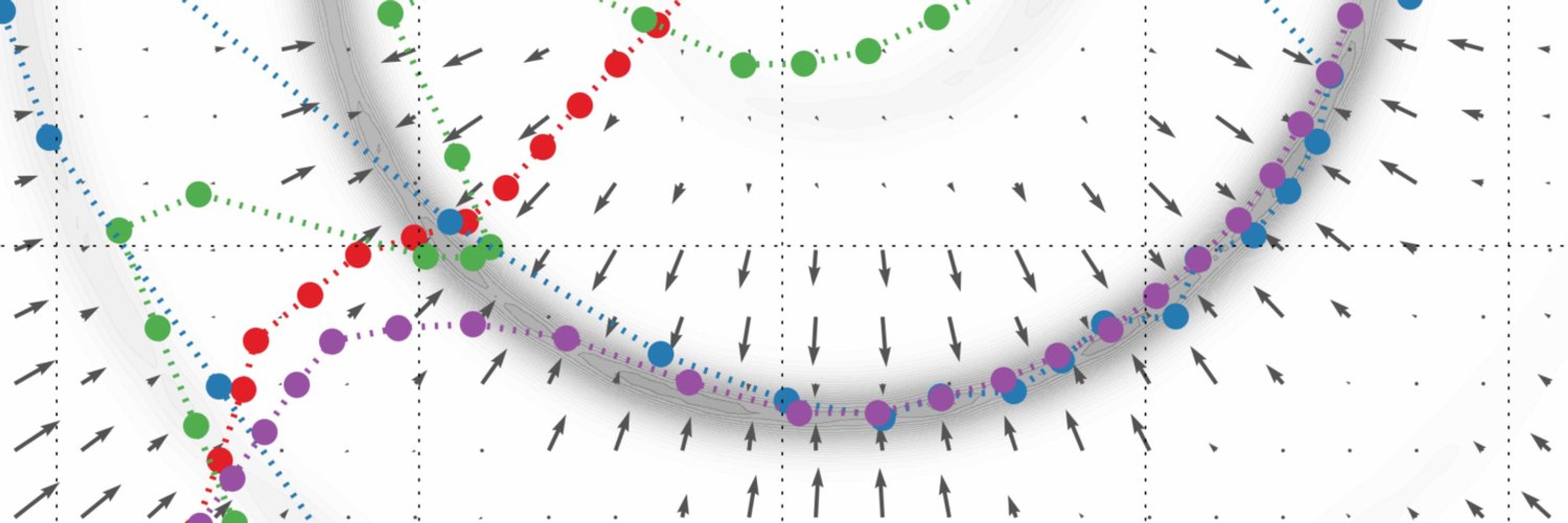
Professor of Machine Learning at Cambridge Computer Lab
Talent aficionado at http://airetreat.org
Alum of Twitter, Magic Pony and Balderton Capital


But then by this logic Microsoft Teams and JavaScript should also be on the list🤷🏽
But then by this logic Microsoft Teams and JavaScript should also be on the list🤷🏽



